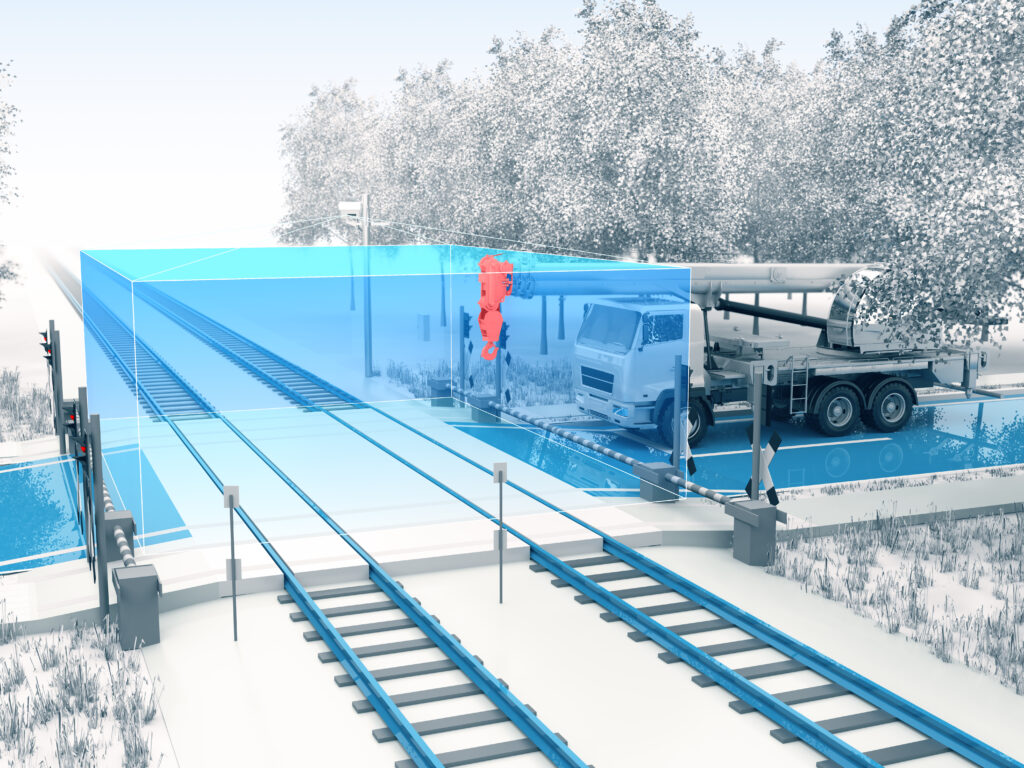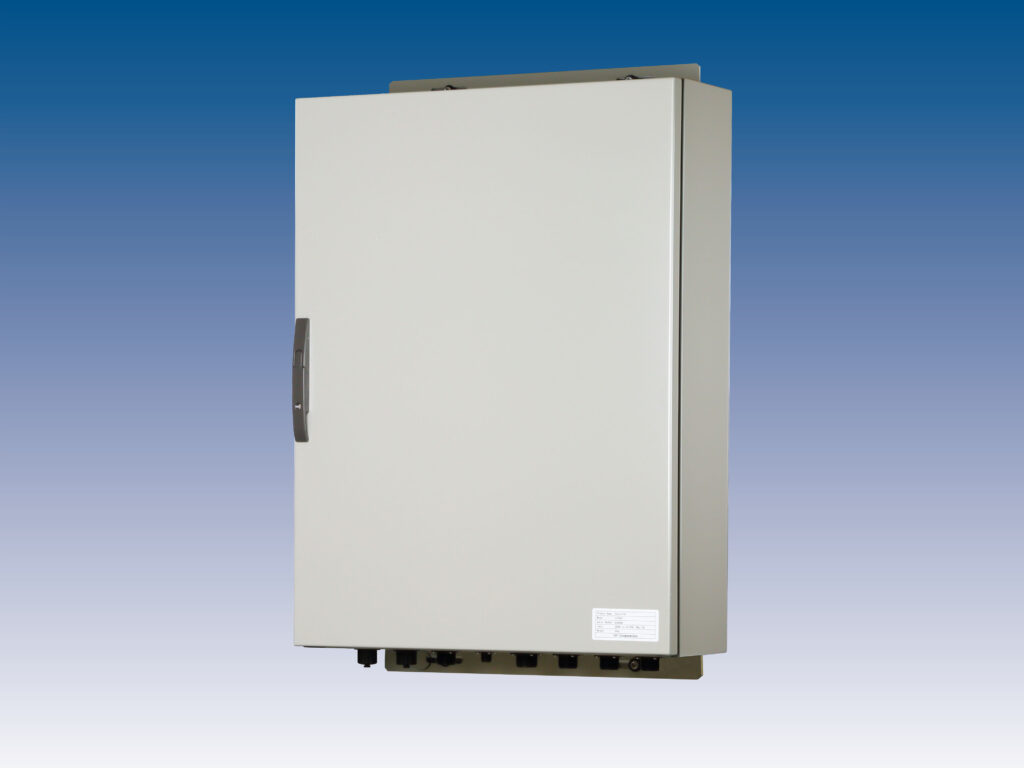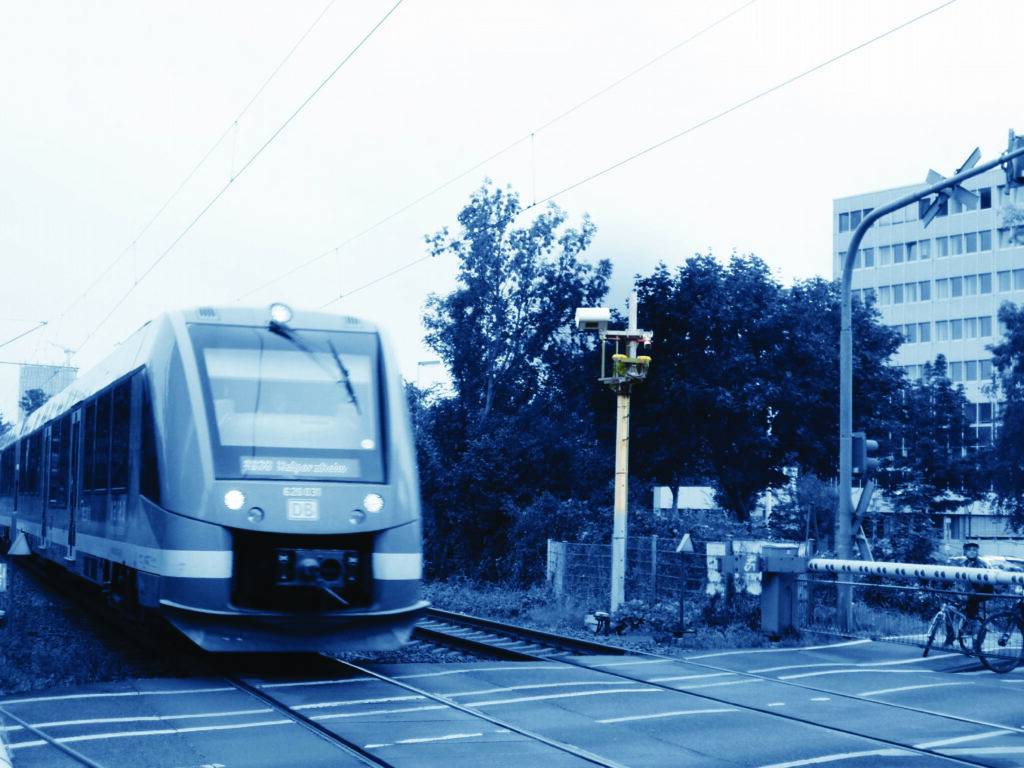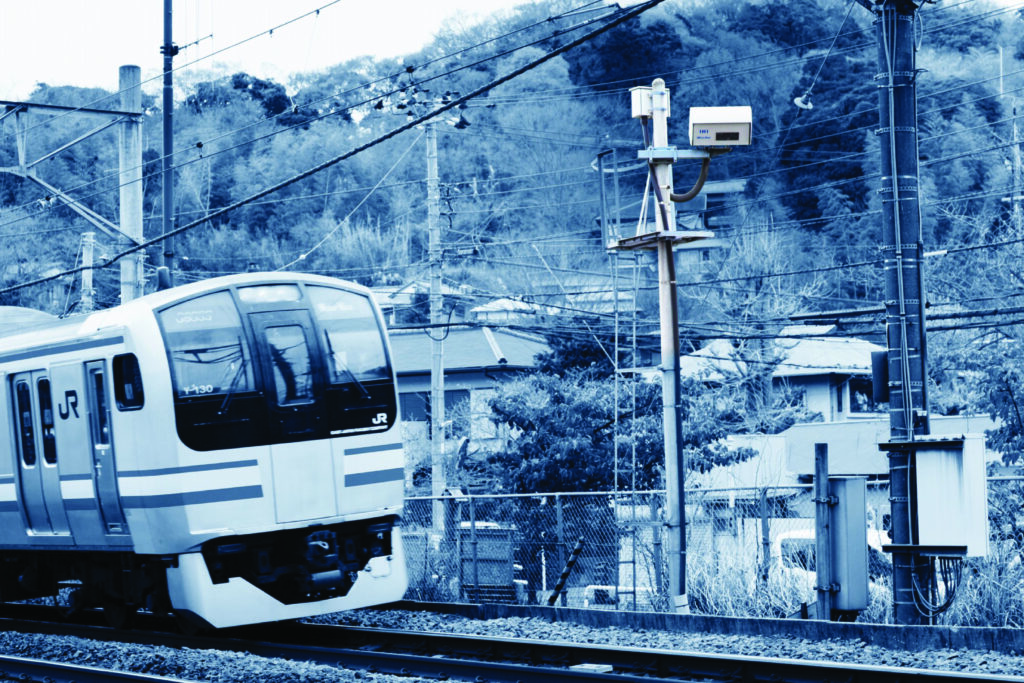Great Britain’s level crossings are among the safest in Europe, but they still pose a significant safety risk to the public. This means it is a priority for everyone involved in rail to reduce and manage the safety risk and the Office for Rail and Road’s (ORR) strategy for health and safety regulation of level crossings includes encouraging research, innovation, and new technologies to improve risk control. The ORR published its signalling market study in November 2021 and one action was for Network Rail to widen its the pool of suppliers. This was to reduce Network Rail’s long-term dependence on its incumbent suppliers, to increase competition, and to lower whole life costs.
Rail Engineer recently met with IHI Corporation to learn of its Obstacle Detection (OD) technology. IHI’s OD technology is very well established and used extensively on level crossings in Japan and throughout the world, and it could be a new solution to help operate level crossings in Britain safely and more efficiently.
Level crossing safety
There are just under 5,800 level crossings on the mainline rail network in Britain with another estimated 1,500 on heritage and minor railways. Crossing incidents in the country are well below the European average, but this could change with just one major incident, and every incident has the potential for significant human and economic loss.
Many level crossings connect communities and people in those communities often want their crossings to remain open, even when a case for closure on railway safety grounds can be made. Trains are generally more frequent, quieter, and travel at higher speeds than ever. There is more road traffic using crossings and bigger farm machinery with better soundproofing for drivers. People are living at a faster pace and more pedestrians are using personal devices which can easily distract them.
OD crossings in Britain are now well established and are essential for ‘road’ crossings in areas with the large Route Operating Centres being rolled out around the country, as signallers can’t monitor every level crossing to ensure they are clear before setting a train route over a crossing. Even if remote crossing surveillance can be established, there is always the risk that an operator may miss someone trapped inside the closed barriers when deciding the ‘crossing clear’ status and allowing the train to proceed over a crossing. Unlike a ‘Mark 1 human’ an obstacle detector, if designed and maintained correctly, does not get tired, bored, or mistaken when doing the same regular routine task.

An OD system in Britain needs to: provide a safety integrity no worse and ideally better than a manually operated crossing; cause no or minimal delays to trains due to equipment failure or false detections; be affordable – in terms of whole life costs; operate in all weather and temperatures; and be practical to use and maintain.
It must also be able to confirm that a crossing is not occupied by a person (including small children or someone who may have fallen over) or any object which may cause damage to a moving train. The OD system needs to confirm that a person is not trapped just inside the protecting barrier, and it should not be confused by non-harmful items such as umbrellas (not held by a person), cardboard boxes, newspapers, fog, falling snow, or heavy rain.
The detection system will be exposed to electrical interference from traction and power systems, together with dust and dirt from passing trains, and it must not interfere with any train signalling, communications system, or rolling stock, and needs to comply with all relevant electromagnetic compatibility regulations.
Various technologies have been evaluated for level crossing obstacle detection and radar has been found to be the best. The radar detector transmits radio waves over an area and monitors for any echoes. If an echo is received, this indicates that a wave has hit a surface of an object and has been reflected back. By analysing the echo, the distance, position, and speed of an object can be determined.
IHI Corporation
IHI Corporation is a comprehensive heavy-industry manufacturer formed in 1853 in Japan and works in areas such as resource, energy and environmental, social infrastructure, industrial systems and general-purpose machinery, aero engine, space, and defence. It is no stranger to meeting safety critical engineering requirements and rigorous standards. IHI is also no stranger to OD level crossings and has supplied approximately 3,000 OD level crossing systems around the world. These have been certified and approved by a number of infrastructure managers, including SIL 3 certification and SIL 4 in the case of Italian market. Safety Integrity Level (SIL) 4 is the highest SIL and not easy to achieve.
The International Electrotechnical Commission’s (IEC) Standard IEC 61508 defines SIL using both safety integrity and systematic safety integrity requirements. A system must meet the stringent target requirements for both, to achieve a given SIL, and the requirements are based on a probabilistic analysis of the device. The system must also meet the maximum probability of dangerous failure, which is also rigorously defined.
Cross certification of the IHI OD technology is therefore available from other railway infrastructure managers where appropriate and IHI does not see any problem in meeting Great Britain’s stringent standards for OD crossings.

The company’s history goes back to the establishment of Ishikawajima Shipyard, Japan’s first modern shipbuilding facility. The company played a key role in Japan’s modernisation, including the transfer of its extensive shipbuilding technology into new areas, such as heavy machinery manufacturing, bridge building, plant construction, and aero-engine production.
In 1960, Ishikawajima Heavy Industries, the successor of Ishikawajima Shipyard, merged with Harima Shipbuilding & Engineering to create Ishikawajima-Harima Heavy Industries. The name IHI Corporation was adopted in 2007 to help strengthen the company’s global brand. The company has also been successfully supplying its products to England in other safety critical industries for over 60 years and has people based in England.
IHI says it is deeply committed to contributing to society through technology, combining diverse engineering capabilities to meet expanding global needs for energy, urbanisation and industrialisation, and transportation efficiency.
3D laser device
The IHI OD level crossing system uses 3D laser principles. A 3D laser emits a laser pulse to an object, and measures the time that it takes for reflected laser to return to the radar (time-of-flight method) to determine the distance to the object. The laser pulse is emitted in a way that scans the entire area of a level crossing in both horizontal and vertical directions, and derives a 3D coordinate.
Just a single laser device is used to cover the whole area of a crossing. The values of each point scanned are measured, based on the reflected laser returning to the 3D laser. The coordinates higher than the crossing surface are extracted, and points in close proximity to each other are recognised as ‘one group of points’. Data on these points are processed to calculate the positions and sizes of objects and, by repeatedly executing the measurement process and performing related signal processing tasks, the IHI system is able to recognise objects precisely. Furthermore, the speeds and moving directions of objects are calculated based on the amount of change in their positions.


The laser head processes the laser pulses through polygon and swing mirrors to make the laser pulse scan the entire area of a crossing. The hardware that executes the detection processing is duplicated and detection is performed by two sets of hardware. The result performed by one set of hardware is collated with the other set of hardware, in order to prevent a detection error or false reporting.
The first IHI OD level crossing system unit was installed December 2005 at the Nanbu-line Eidanmae level crossing, between Inadazutumi and Yanokuchi station, of the East Japan Railway Company. The IHI OD system has since been extensively adopted throughout the world, with approximately 3,000 systems now in use and providing safe, reliable level crossing obstacle detection. In Italy, IHI is in partnership with Eredi Giuseppe Mercuri (EGM), with the system receiving type approval from an Italian client. In Germany, IHI is in partnership with DB Bahnbau Gruppe to provide OD level crossing technology and has received type approval from the German Federal Railways Authority.
The system will need formal approval for use in Britain, but IHI is confident that its certified 3D laser OD system can meet the required OD safety requirements, and that it could help make level crossings in Britain both safe and efficient for everyone.


More information on the IHI OD system can be obtained by contacting: Tel: 079 2322 4032 or Email: [email protected]

